Discover the Château de Bazoches, where Vauban’s military ingenuity came to life, in a majestic setting blending history, architecture, and heritage treasures.
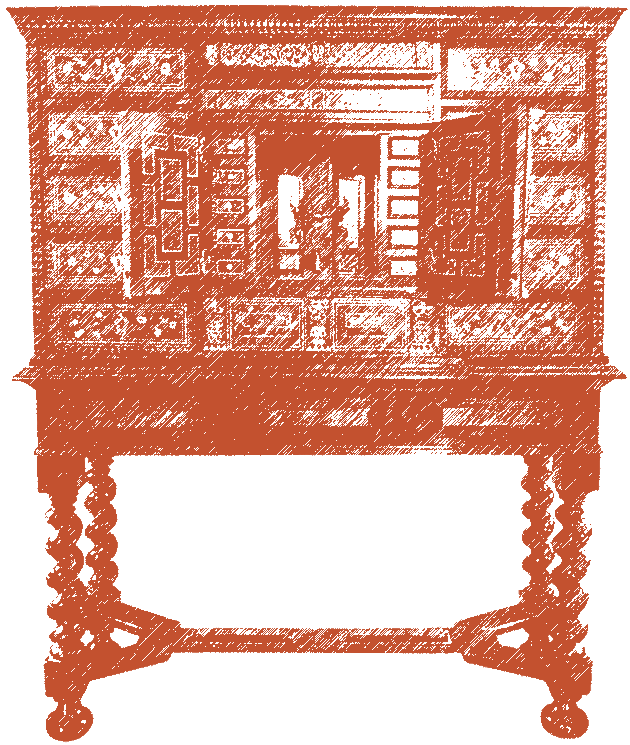
From the château’s lounges, the breathtaking view of Vézelay Hill and its 12th-century Basilica of Sainte-Madeleine is truly striking.
The rooms are filled with treasures: furniture and paintings from the 17th and 18th centuries, signed by renowned masters.
In the round lounge, remarkable reproductions of Marshal Vauban and Veronese’s Feast of Job adorn the walls, while period armchairs and a vintage chest of drawers enhance the charm.
In the grand lounge, a 17th-century Aubusson tapestry and a painting by the Beaubrun brothers captivate the eye, accompanied by elegant furniture and family portraits.
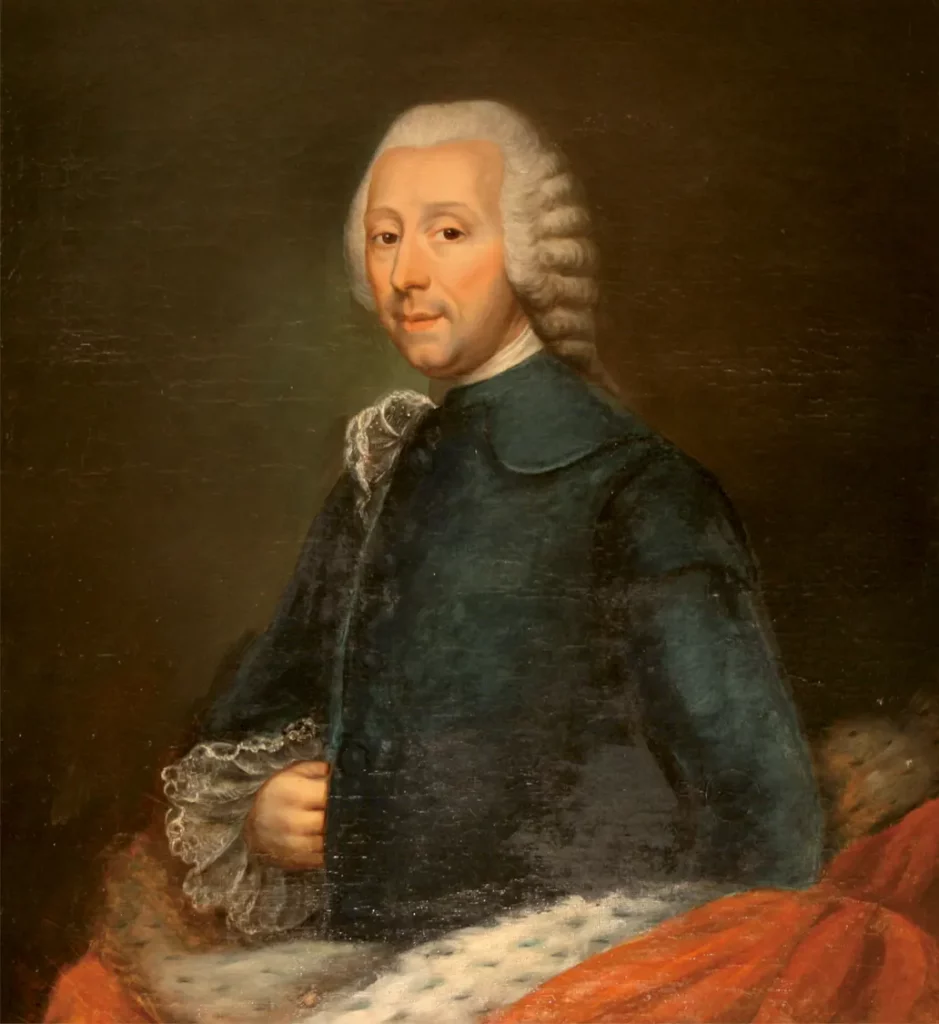
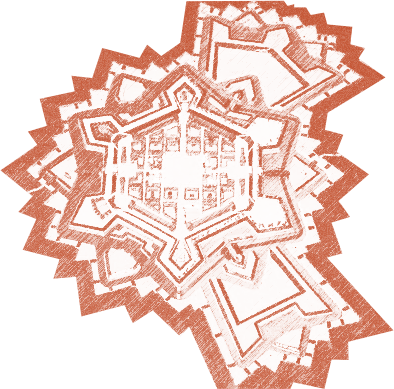
The recently restored gallery of the Château de Bazoches offers a valuable testament to the intense activity that prevailed during Vauban’s time.
It is here that he set up his study office, where numerous plans for the fortresses scattered across France were designed and illustrated. Horse couriers would depart from this gallery, carrying Vauban’s instructions to the four corners of the country.
This room symbolizes Vauban’s ingenuity and strategic vision, as well as his influence in multiple fields, from architecture to politics.
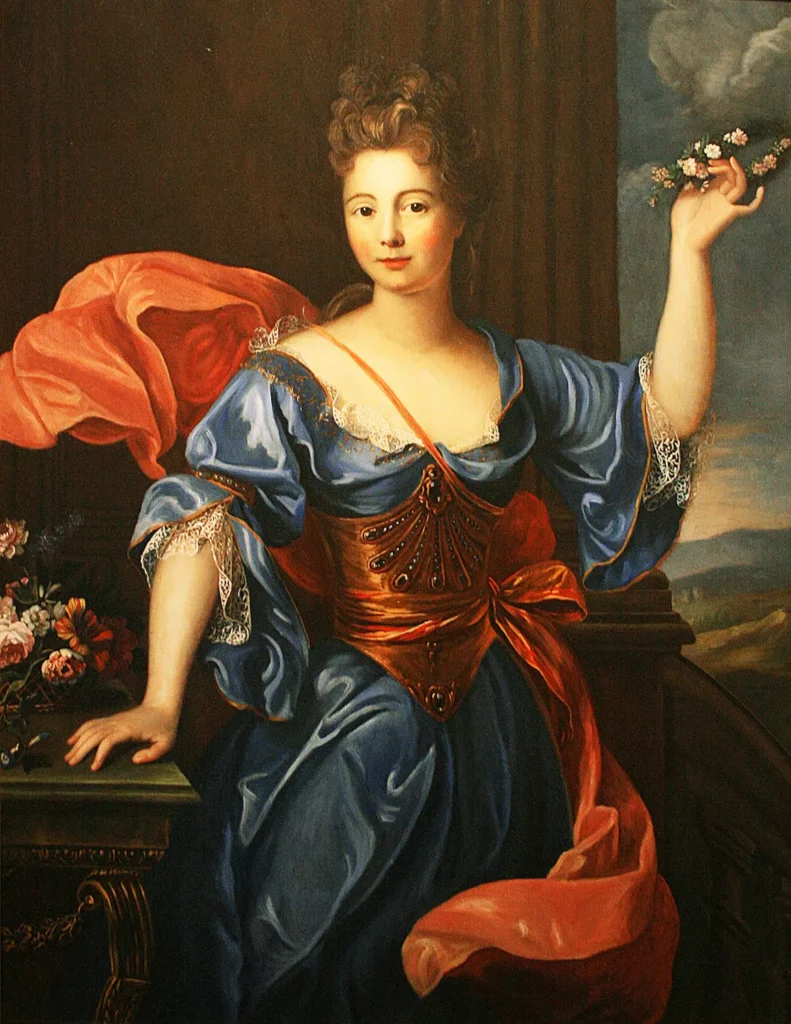
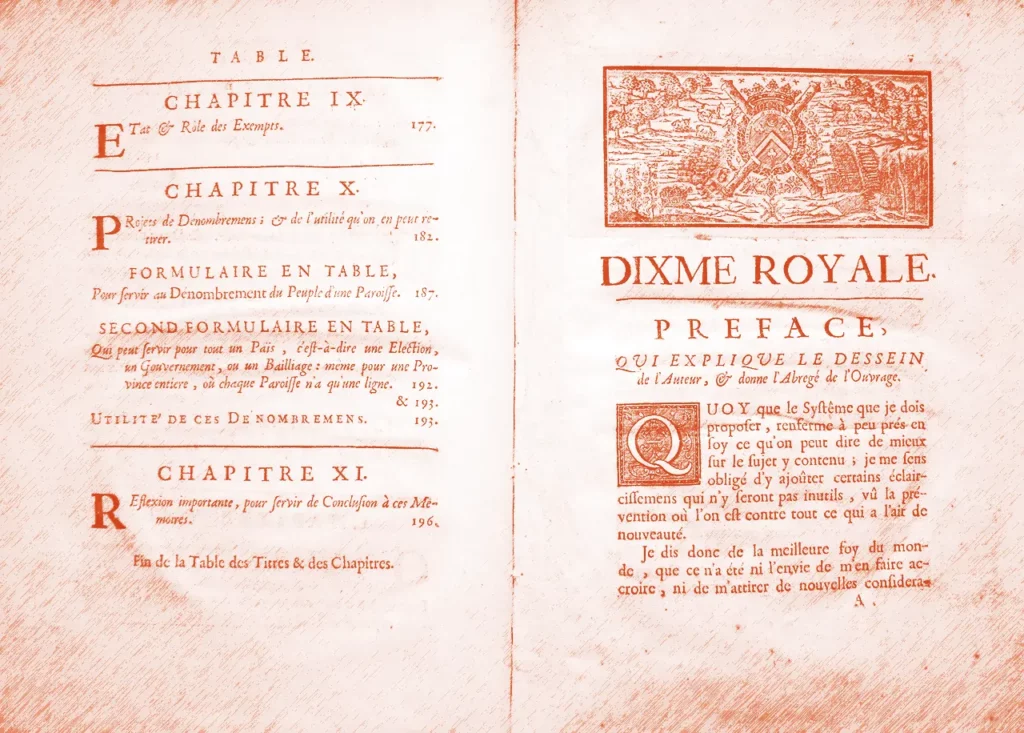
The antechamber of Vauban houses a rare collection of books covering his diverse literary, military, and economic interests.
The military books include memoirs on sieges and the defense of fortresses, while his Oisivetés cover various topics such as lighthouse construction and economics.
His “Dîme Royale,” though revolutionary for its time, aimed to reform the tax system by taxing all citizens proportionally to their wealth.
Despite the controversy surrounding its publication, Vauban remained loyal to Louis XIV until his death, leaving behind a remarkable intellectual and political legacy.
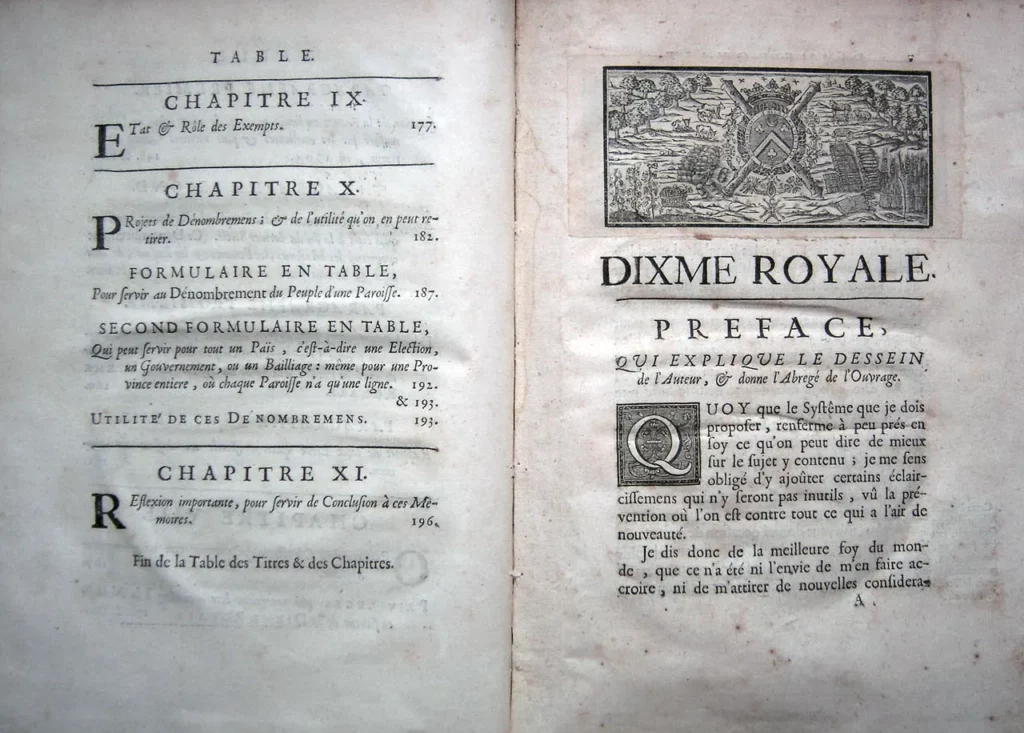
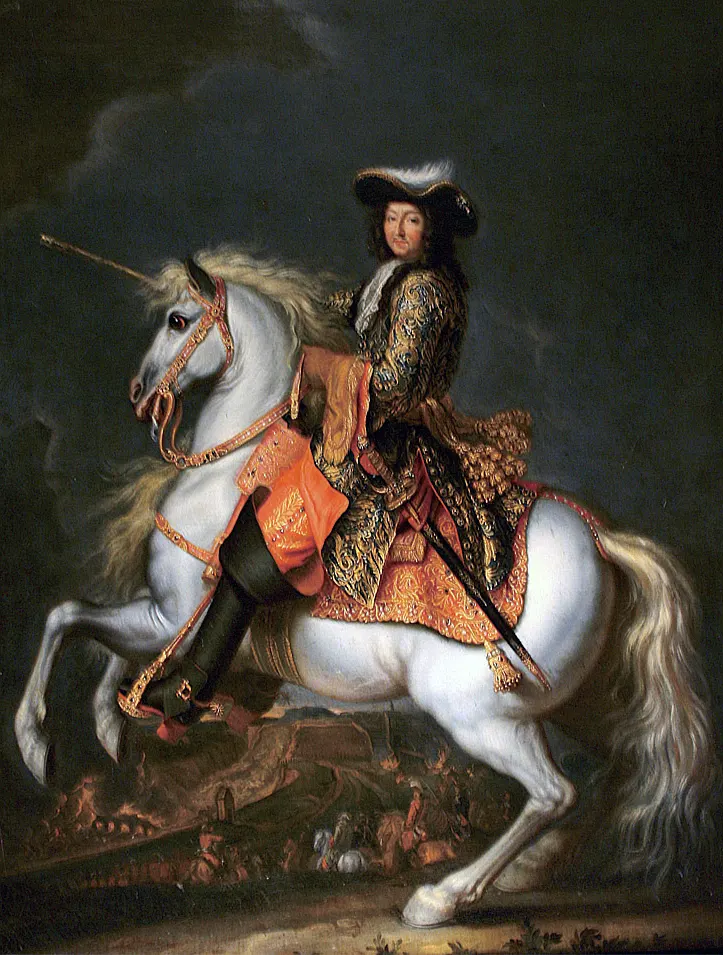
Marshal Vauban’s bedroom is decorated with remarkable 17th century furniture, restored for an exhibition in Paris in 1960.
His bed and six armchairs are decorated with tapestries depicting oriental scenes, typical of the era.
Above the fireplace hangs an equestrian portrait of Louis XIV. The ceiling features military symbols, reflecting the Marshal’s status as a soldier.
On a table sits a plaster bust of Vauban, created by Coysevox. Paintings depict Turenne, Louis XIV, Monsieur, and the Grand Dauphin.
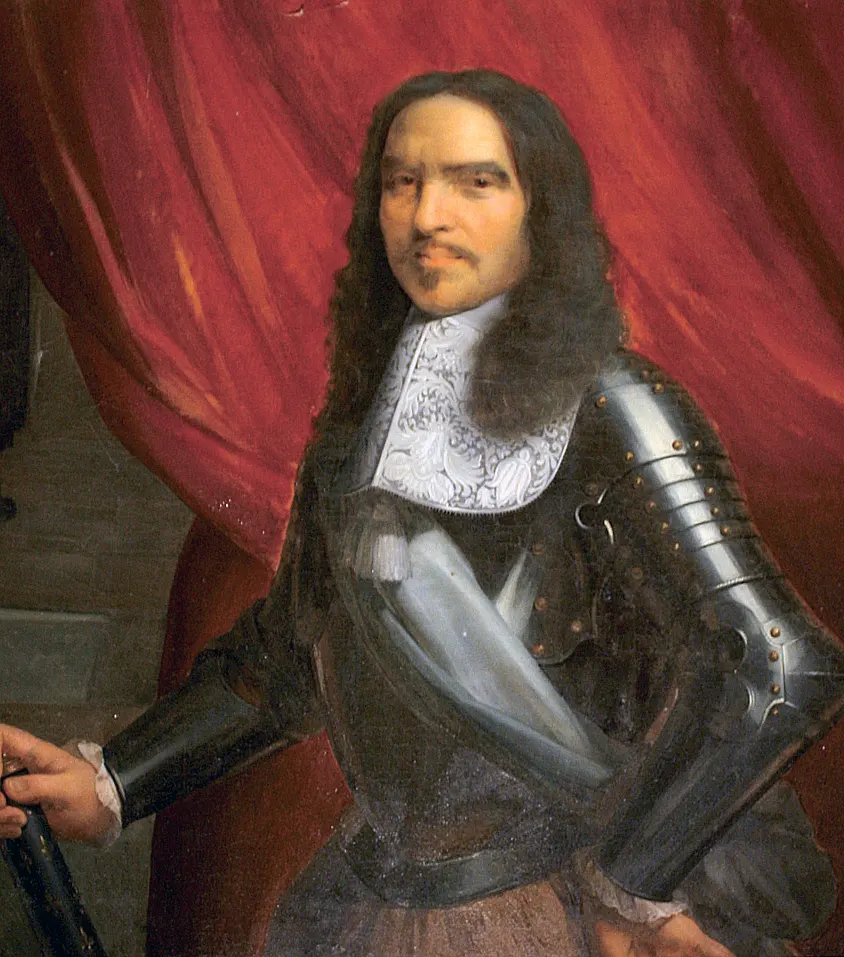
Vauban’s office, located in the northeast tower, retains its original layout despite the removal of an external passage.
Adorned with wood paneling and a vaulted ceiling painted with birds, the room houses artistic treasures. Above the fireplace, a portrait of the Duke of Burgundy by Pierre Mignard.
On the walls, six paintings by Quesnel and François Clouet depict the last Valois. Two Mediterranean landscapes by Lacroix de Marseille rest on the fireplace.
Restoration work revealed a clever mechanism allowing eavesdropping on conversations from the ground floor.
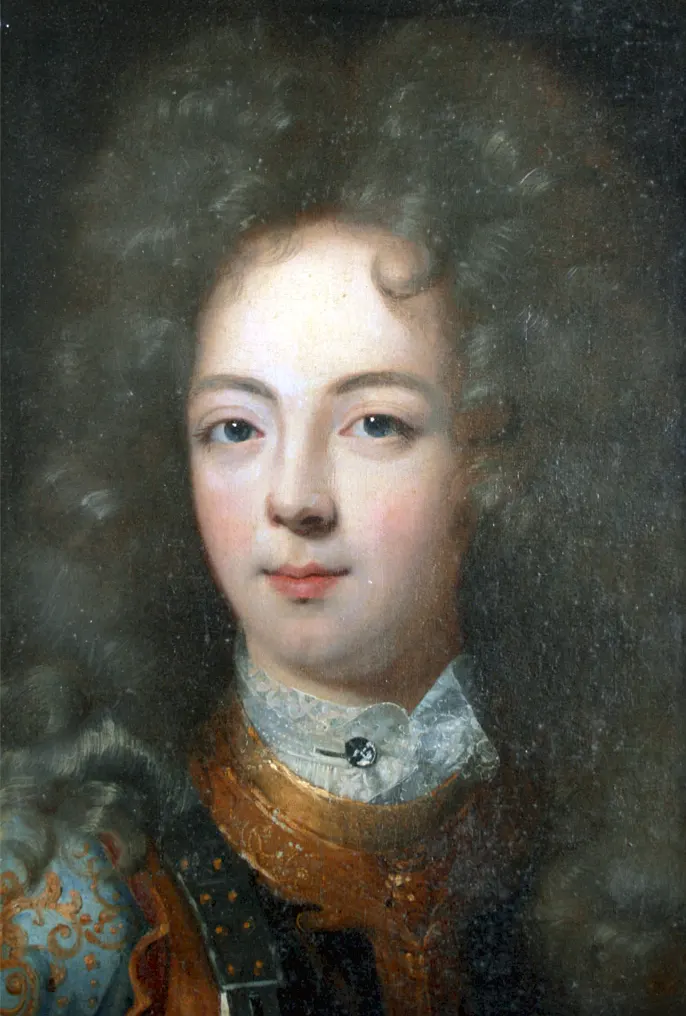
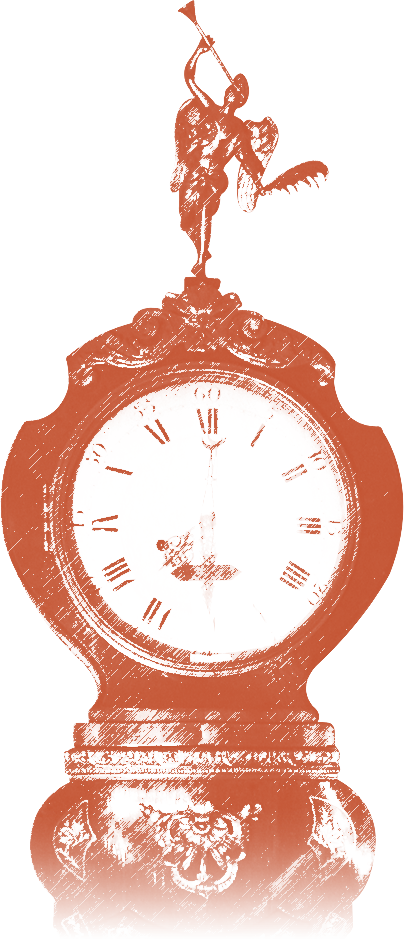
The Yellow Lounge houses various historical mementos, including a desk that once belonged to Count de Villèle, a painting by Thomas-Adrien Key, a 17th-century marriage chest, and a Louis XV regulator clock.
Two Swiss mountain landscapes and a ship model representing a vessel from the royal navy of Louis XVI are also on display. This ship, identical to the one Charles-Ignace de Sigalas boarded during the American War of Independence, played a role in the Battle of Yorktown.
The French and American members of the hereditary Order of the Cincinnati continue to uphold this military and friendly alliance.
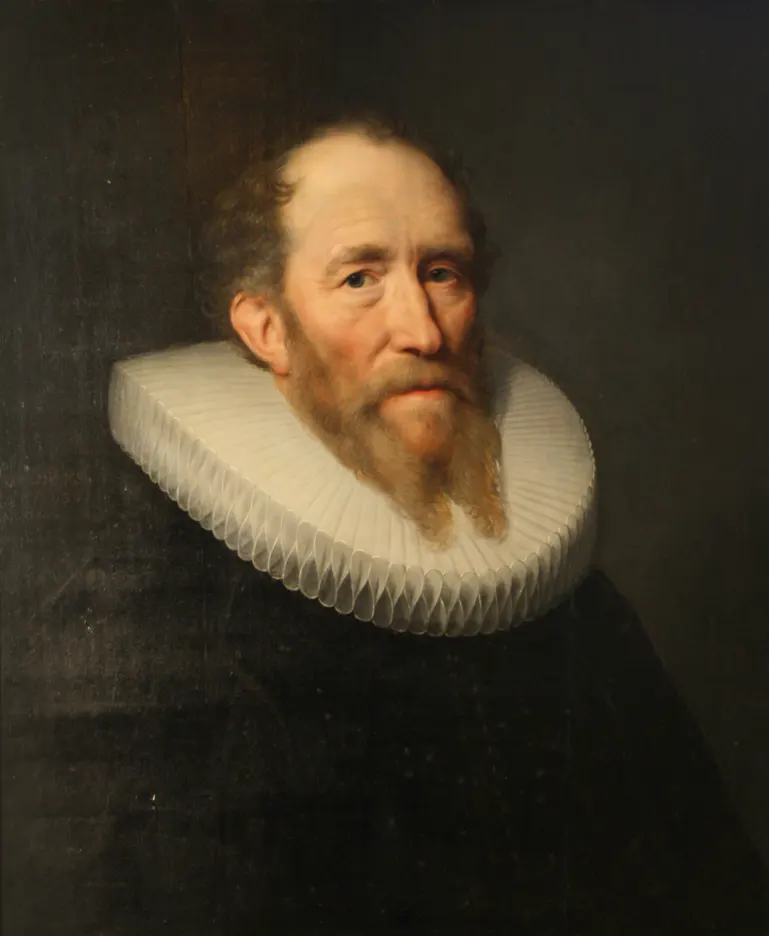
Count Tony de Vibraye played a crucial role in the creation of the Bazoches libraries, gathering nearly fourteen thousand volumes.
The collections include works on bibliophilia, Italian books inherited from the Marquise de Barol, classical works, and books related to Vauban.
The libraries also house historical letters and musical scores.
Visitors can admire rare bindings and editions, as well as a 17th-century illusionistic ceiling.
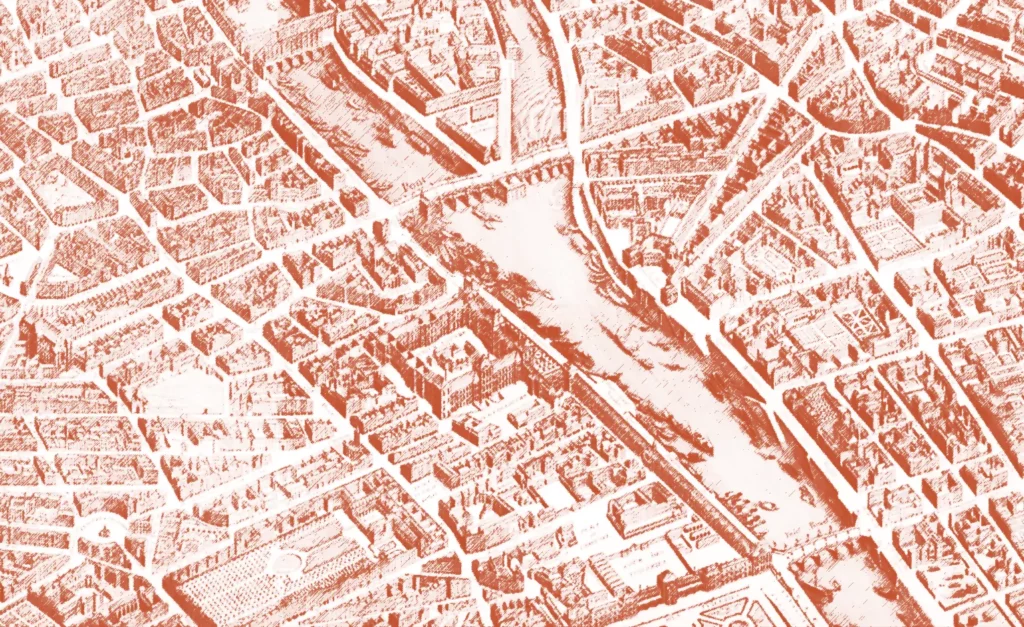
In the Marshal’s Lady’s Room at Bazoches, fascinating historical and artistic elements tell a rich story. The ceiling, adorned with Vauban’s coat of arms, recalls his military heritage.
A copy of Turgot’s map of Paris provides a detailed view of the city in the 18th century. Portraits, including one of the Marshal’s Lady, and period furniture enhance the atmosphere.
The history of the castle, from its acquisition by the Vauban family to its inheritance by the Marquise de Vibraye, reflects the tumultuous circumstances of the time.
The Marshal’s wife, a wise manager, greatly contributed to the prosperity and history of Bazoches.
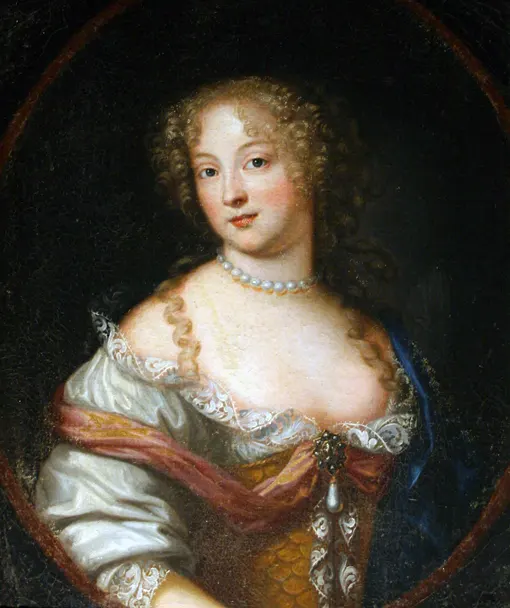
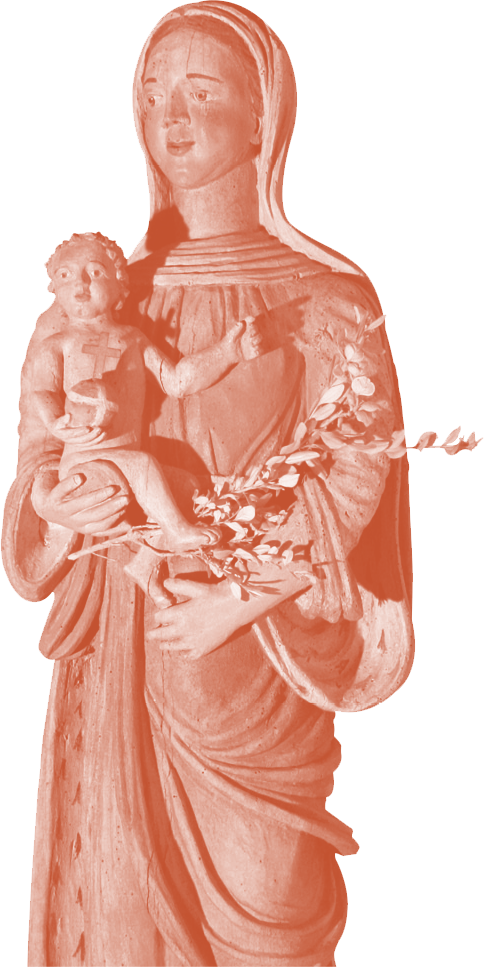
The chapel of Bazoches, reduced in size but rich in history, features a modern decor that contrasts with its 17th-century paintings attributed to Jean Mosnier. These frescoes depict the cardinal virtues and biblical scenes, reflecting the pictorial art of the time.
Above the altar, a 17th-century painting depicts the Virgin and Child, while cherubs adorn the ceiling. Two small statues, one representing the Virgin Mary and the other Saint Basil, complete the altar.
The visit concludes with a panoramic view from the bastion, offering a perspective of Bazoches, the church of Saint-Aubin-des-Chaumes, and the basilica of Vézelay.
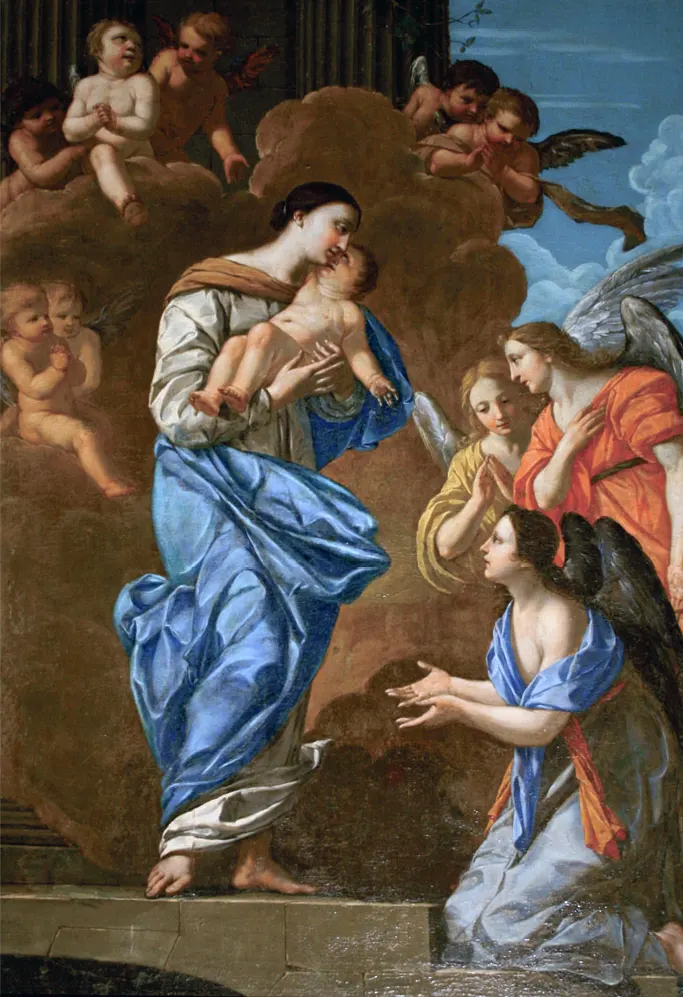
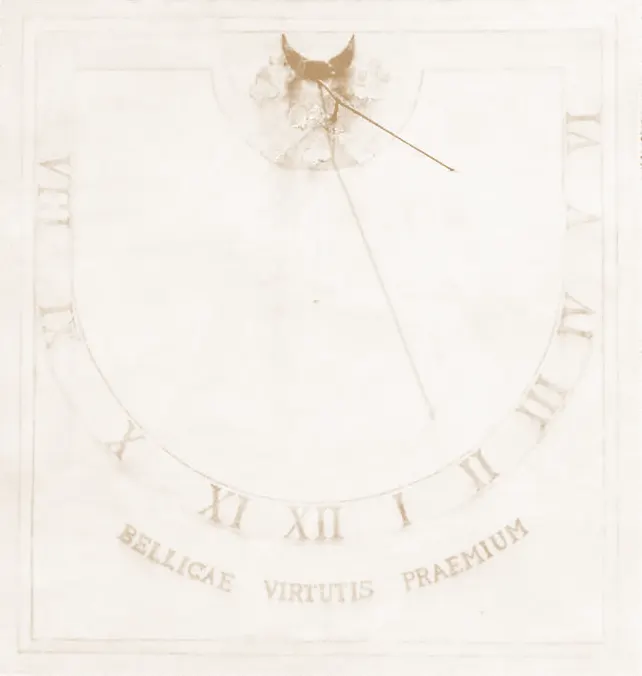
The inner courtyard of Bazoches, restored according to Vauban’s plans from 1675, reflects the 17th-century aesthetic, using lime washes and coatings to unify the various materials.
The walls are covered with a gray lime wash and decorated with faux masonry. An acrylic fixative protects the entire surface. The sundial displays Vauban’s coat of arms with his motto “bellicae virtutis praemium,” also reflecting the Royal and Military Order of Saint-Louis, which Vauban recommended to Louis XIV.
This restoration highlights the architectural and symbolic harmony of the period.
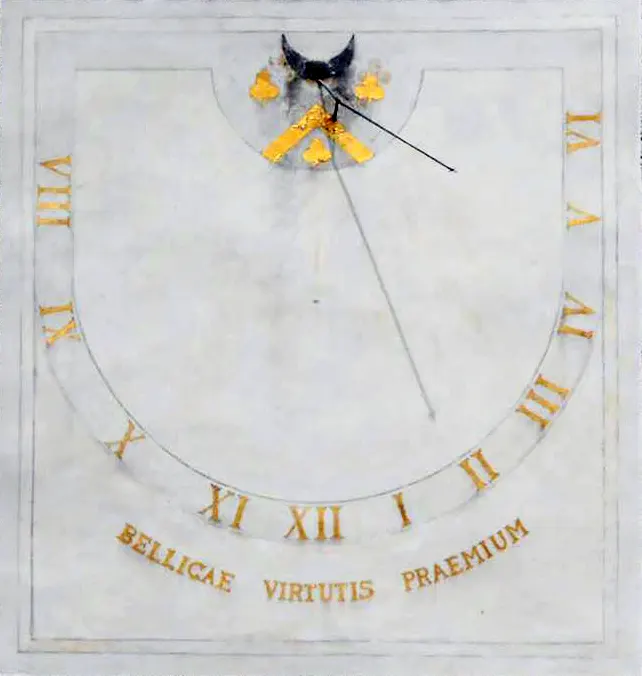
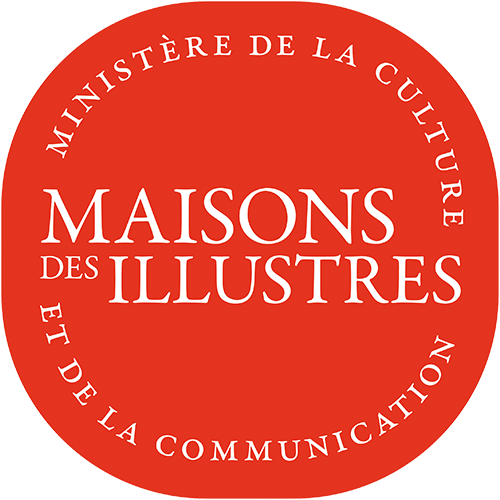
58190 Bazoches du Morvan
Phone : +33 (0)3 86 22 10 22
chateau.bazoches@wanadoo.fr
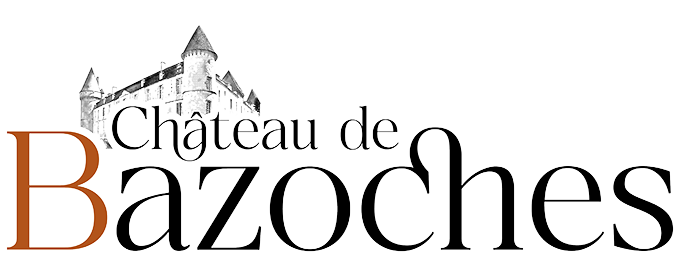
Open every day
9:30 a.m. – 6:00 p.m.

Open every day
9:30 a.m. – 6:00 p.m.